Ride your horse like a pilot!
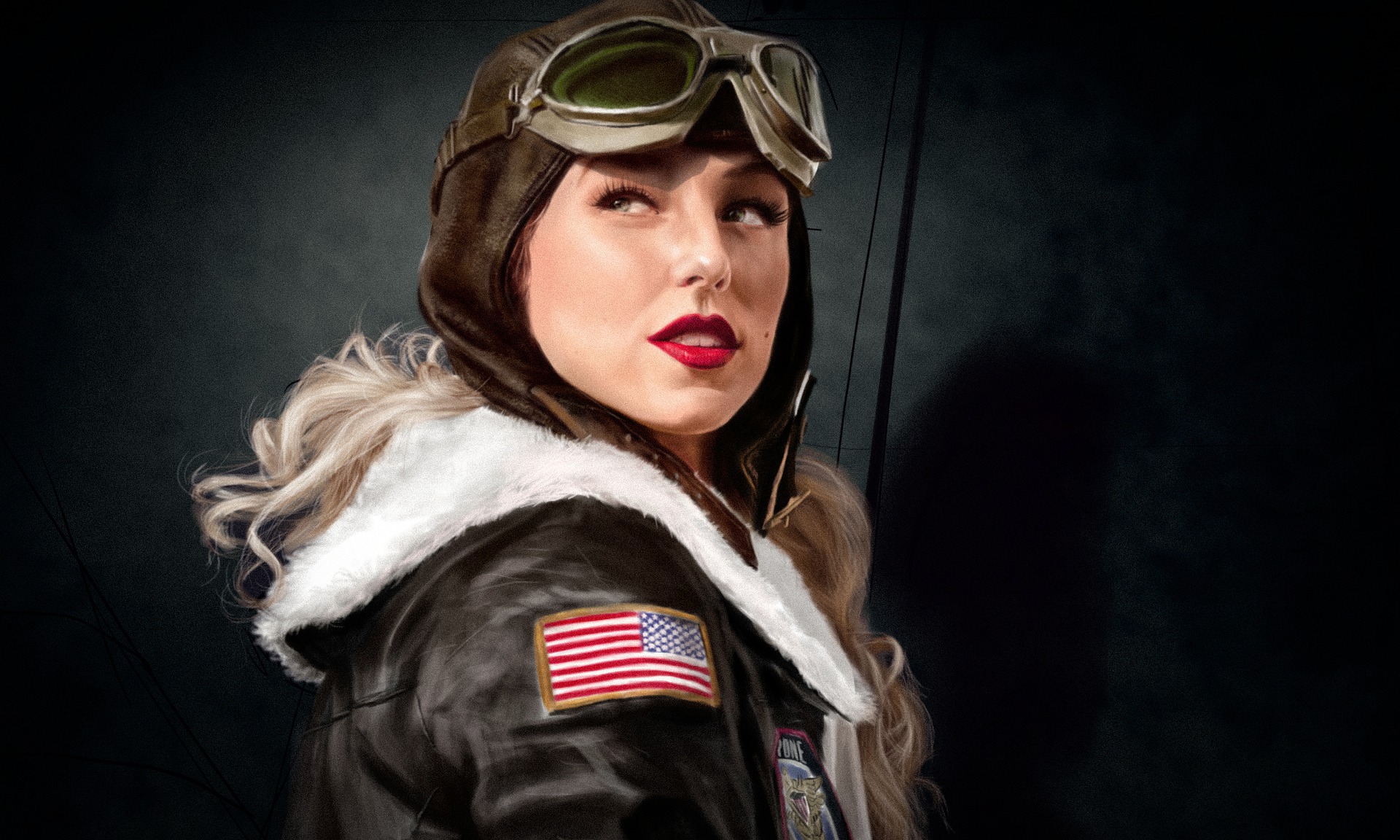
The goal of riding is easy, don’t you think?
If you jump – your horse should get over the fence without touching it.
If you ‘do dressage’, your horse should do all the movements and do them in the right place.
Unfortunately, as most riders have found out, it’s not that easy.
Because it’s not just WHAT your horse does. It’s HOW he does it.
Not WHAT, but HOW
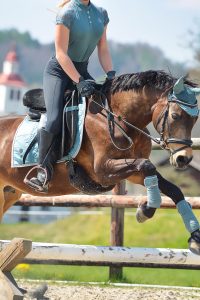
What happens if your horse always runs at the fence?
What happens if you try to jump, but your horse runs at the fence like a maniac and just throws himself over?
You might get to the other side – but it gets very hard to ride a whole jumping course like that.
Even worse, all those crazy jumps can put a lot of strain on his legs (and on your nerves!).
What happens if you try to do ride dressage figures, but your horse goes with his head straight up in the air and his body stiff like a plank?
You might get the figure done – but it will be bad for your horse’s back.
And if he does the whole test like that, you will not get a very high score.
The solution
The solution is not more jumping.
The solution is not more movements.
The solution is…..
Ride like a pilot!
Remember those films where you see a pilot preparing for take-off?
What does she do?
Before taking off, she checks a whole list of things: buttons, switches, handles etcetera.
Only when everything is correct, does she actually go to the runway.
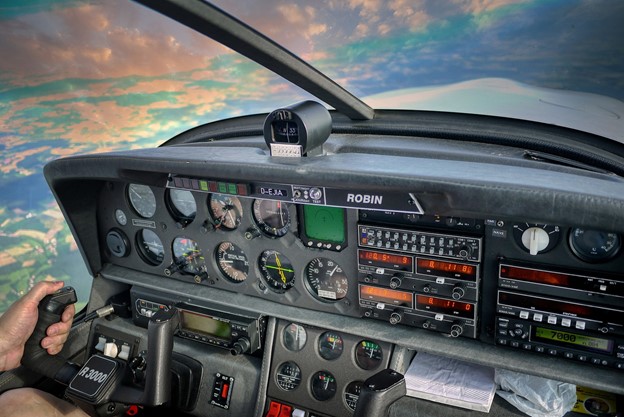
“Buttons working? Check!”
The riding buttons
To have a better ride – and a healthier and happier horse – we have to check our ‘riding buttons’.
There are a few buttons every horse and pony MUST have. Whatever you do with him.
- GO: With just a small signal, your horse goes nicely forward.
- STOP: With just a small signal, your horse slows down and stops.
- TURN: With just a small signal, your horse turns smoothly.
Small signals
Why is it so important that a small signal is enough – in other words, why is it important that the horse really listens to you?
And that every aid is as easy as – yes, pushing a button?
First of all, riding can be a dangerous sport if your horse doesn’t listen.
Even the smallest pony is stronger than most humans.
So we have to train our horses to really listen, instead of just using stronger and stronger signals.
Force just doesn’t work with horses.
Secondly, it’s really not nice for the horse if you have to kick and pull.
(Would you like being kicked every step?!?)
Last but not least: if you want to improve as a rider and develop your horse, it is really important that your horse listens to smaller and smaller signals.
If you need to kick like an idiot to make your horse walk – how will you ever do an extended trot?
And if you cannot turn smoothly – how will you ever jump a more difficult course?
Do what top riders do
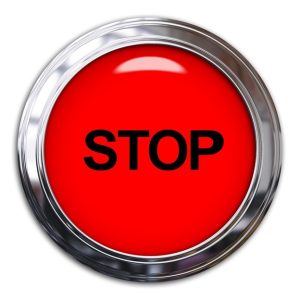
Top riders work on making every button work!
Most top riders are very good at making sure all buttons work.
This is something they check every time they ride their horse.
And they don’t do anything else before they are happy with the buttons.
(Often they will call this ‘working on the basics’.)
Next time you ride, practice riding like a top rider. Be very clear with your horse – and with yourself.
Make sure every button works!
For example:
- Don’t get into the saddle unless your horse stands absolutely still.
- After mounting, do not let him move before you give him the signal to move (not even a single step).
- When you are ready, and you give him the signal to move– make sure he moves swiftly and smoothly forwards (‘obedient to the leg’).
- See if the ‘slow/stop’ buttons work.
- If you are happy with that, check the turning buttons – and see if they work just as well on each side.
And so on.
Button Improvement Tip
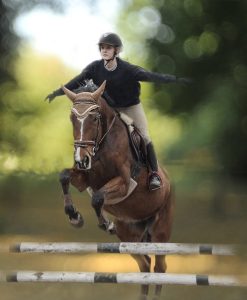
Soon you and your horse will fly!
There is a very easy way to test your buttons.
And that same thing will also make your buttons work better (woohoo!).
That solution is: TRANSITIONS.
Transitions between the gaits: from stop to walk, from walk to trot, and back. And so on.
And also, transitions within the gaits.
Go from a fast walk to a slow walk, from a slow trot to a working trot, and back to slow.
And then mix it up: fast, slow, gait change, slow, change, fast, etcetera.
A great warm-up for any ride is to work on your buttons by riding loads of transitions. And by loads I mean loads! For example, at least two transitions on every long side of the arena.
This will make your horse really listen to you. And it’s a great warm-up for his body, too.
Button Improvement Question
Question: Shouldn’t my horse ‘get this’ by now? It makes me feel like a beginner if I have to work on this every time we ride 🙁 .
Answer: Don’t worry! If you work on this every ride, your buttons will become easier and easier to push.
Soon your horse will probably only need a little reminder now and then.
At that point, you can ‘install’ more and more buttons, for all kinds of new and interesting things.
And very soon, you and your horse will FLY!
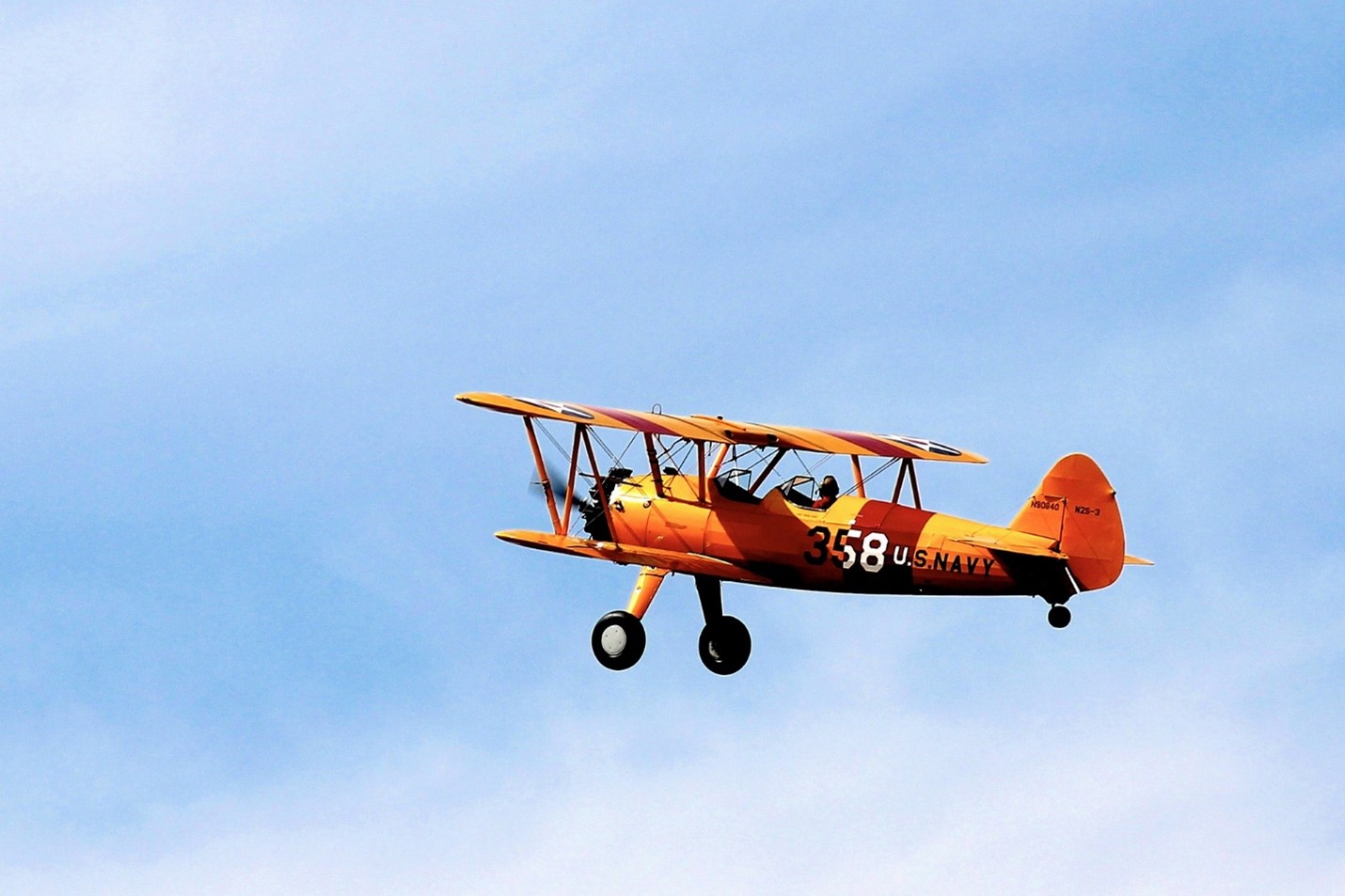
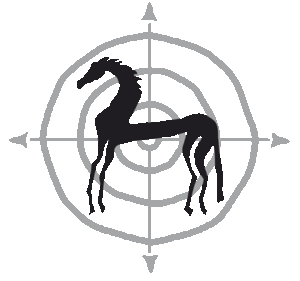

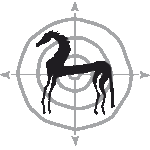





Very well explained !!!!!!!